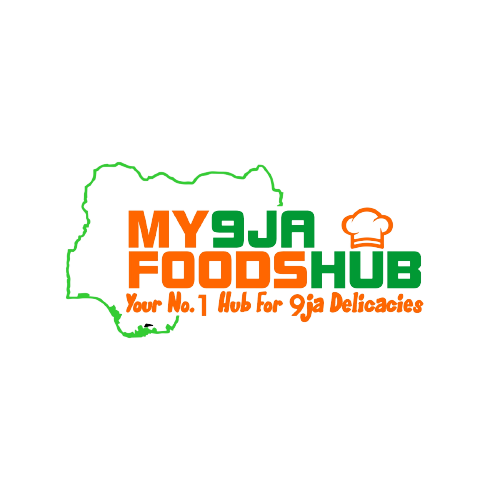Bread, a staple food in many cultures, has been a cornerstone of human sustenance for thousands of years. From the rustic, crusty loaves of ancient Europe to the soft, fluffy breads of modern times, breadmaking has evolved into an art form that requires skill, patience, and practice. Whether you’re a novice baker or an experienced one, mastering the art of breadmaking can be a rewarding and delicious journey. In this article, we’ll delve into the world of breadmaking and provide you with a comprehensive guide on how to master this ancient craft.
Understanding the Basics
- Flour: Flour is the foundation of bread, providing structure, texture, and flavor. There are various types of flour, including all-purpose, whole wheat, rye, and bread flour. Each type of flour has its unique characteristics, and choosing the right flour will depend on the type of bread you want to make.
- Water: Water is the liquid component of bread, responsible for hydrating the flour and creating the dough. The quality and quantity of water will affect the texture and flavor of your bread.
- Yeast: Yeast is the magic ingredient that makes bread rise. Yeast fermentation converts the sugars in the dough into carbon dioxide gas, causing the dough to expand and create a light, airy texture. There are two types of yeast: active dry yeast and instant yeast. Active dry yeast needs to be rehydrated before use, while instant yeast can be added directly to the dry ingredients.
- Salt: Salt enhances the flavor of bread and helps to control yeast growth. Salt also helps to strengthen the gluten network, creating a more cohesive dough.
The Breadmaking Process
1. Mixing: Combine the dry ingredients, including flour, yeast, and salt, in a large mixing bowl. Add the wet ingredients, including water, and mix until a shaggy dough forms.
2. Kneading: Kneading the dough develops the gluten network, creating a strong, elastic dough. Kneading can be done by hand or using a stand mixer with a dough hook attachment.
3. Bulk Fermentation: The dough is placed in a warm, draft-free environment to allow the yeast to ferment. This stage can take anywhere from 1-2 hours, depending on the temperature and yeast activity.
4. Shaping: The dough is gently shaped into its final form, whether it’s a rustic boule or a crusty baguette.
5. Proofing: The shaped dough is allowed to proof, or rise, for a second time. This stage can take anywhere from 30-60 minutes, depending on the temperature and yeast activity.
6. Baking: The dough is baked in a preheated oven, creating a golden-brown crust and a light, airy interior.
Tips for Mastering Breadmaking
- Use high-quality ingredients: Invest in a good-quality flour, yeast, and salt. These ingredients will make a significant difference in the flavor and texture of your bread.
- Measure ingredients accurately: Measuring ingredients accurately will ensure that your dough is balanced and well-structured.
- Use the right water temperature: Water that’s too hot can kill the yeast, while water that’s too cold can slow down the fermentation process. Aim for a water temperature of around 100°F (38°C).
- Don’t overmix: Overmixing can lead to a dense, tough bread. Mix the ingredients just until they come together in a shaggy dough.
- Respect the yeast: Yeast is a living organism that requires care and attention. Make sure to store your yeast in a cool, dry place and use it within the expiration date.
- Practice, practice, practice: Breadmaking is an art that requires practice and patience. Don’t be discouraged if your first loaves don’t turn out perfectly.
Advanced Techniques
- Sourdough: Sourdough bread uses a natural starter culture instead of commercial yeast. This technique requires patience and dedication but rewards you with a unique, tangy flavor.
- Lamination: Lamination involves folding and rolling the dough to create a layered, flaky texture. This technique is used to create croissants and other pastry-type breads.
- Scoring: Scoring involves cutting the dough with a razor or knife to create a decorative crust.
READ MORE: 3 Healthy Snack Ideas for Your Kids
Mastering breadmaking requires a combination of knowledge, patience, and practice. By understanding the basic components of bread, the breadmaking process, and advanced techniques, you’ll be well on your way to creating a delicious, crusty loaf.






